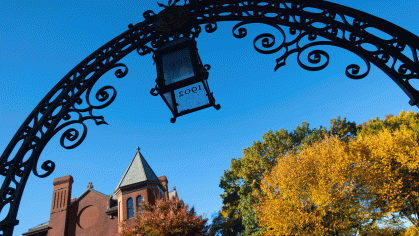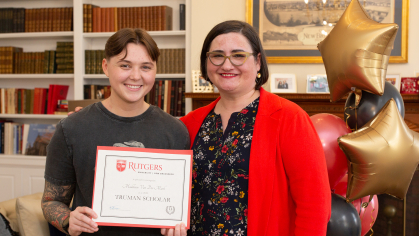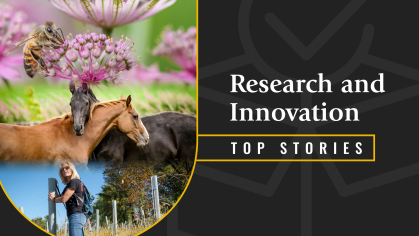Center for American Women and Politics Marks 50 Years Tracking Progress
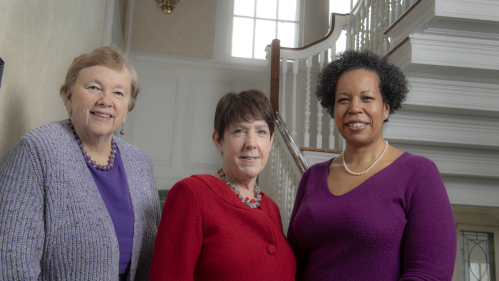
The Rutgers center is nationally recognized as the leading source of scholarly research and data about women’s political participation in the United States
In 1971, when Ruth Mandel and Ida F.S. Schmertz launched the Center for American Women and Politics (CAWP) at Rutgers with a grant from the Ford Foundation, they faced many questions about the need for their work.
While only 12 women were serving in the U.S. Congress, Mandel and Schmertz saw feminism’s second wave beginning to crest and were confident that more women would be elected to office and draw likeminded scholars to the new center.
Fifty years later, CAWP is nationally recognized as the leading source of scholarly research and data about women’s political participation in the United States – which now includes 143 women serving in the 117th U.S. Congress. Its pioneering research laid the groundwork for Rutgers’ doctoral program in women and politics – the first of its kind in the country. And the center’s education and outreach programs – including Ready to Run – address women’s underrepresentation in political leadership both locally and nationally.
“The world has been remade in the 50 years since our founding. Women have gone from being political outliers, afterthoughts, to taking their place in offices at every level across the country,” said Debbie Walsh, who joined CAWP in 1981 and has served as director since 2001. “That trajectory, mirrored in our own growth and evolution, has been astonishing to witness.”
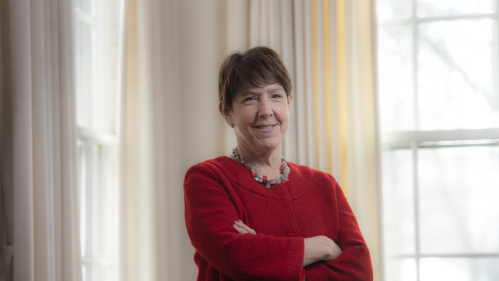
Under Mandel and Schmertz’s leadership, the center hosted conferences, tracked demographic and biographic information on elected women leaders, and asked questions that still guide the center’s mission: What barriers prevent women from entering politics and how do we overcome them?
As CAWP’s director, Walsh oversees the center’s multi-faceted programs, including Teach a Girl to Lead®, NEW Leadership® and Ready to Run® which focus on speaking directly to girls and women of any age to provide them the tools and resources they need to become effective leaders in the political arena.
These bipartisan programs have prepared thousands of women for political engagement in New Jersey and at dozens of institutions around the country where the programs have been replicated. New Jersey’s only woman governor, Christie Whitman, is among the notable figures who have engaged with Ready to Run participants, students in the NEW Leadership program and CAWP’s women and politics undergraduate classes.
“The Center for American Women in Politics is the only place in the country where you can get a full understanding of all that women have contributed to our democracy. Their archives are without precedence,” said Whitman. “But more than that, the center provides classes to teach about the challenges of running for office and the ways to structure a successful campaign. CAWP is an invaluable source for scholars, political activists and female candidates.”
Donna Brazile, veteran Democratic political strategist, author, and syndicated columnist, cites CAWP for striving to level the political playing field for women long before it was in vogue.
“Five decades before #MeToo, the Center for American Women and Politics was breaking down barriers and creating opportunities for women to soar. CAWP taught us how to measure success and to dare to take our seats at the table – to paraphrase the late, great Shirley Chisholm – one folding chair at a time,” said Brazile. “For 50 years, the center has built a community of women public leaders, encouraging women to stop running from politics and start running for office.”
Walsh credits Mandel with having the foresight to create Florence Eagleton grants through Ford Foundation funding to stimulate scholarly studies. CAWP’s interest in research attracted Susan Carroll to CAWP in the late 1970s, where she assisted with a nationwide survey of women public officials before joining the center full time in 1981 as one of the center’s first faculty members.
Before retiring in 2021 as a senior scholar with CAWP, Carroll authored numerous publications on women’s political participation and paved the way for future feminist scholars by helping develop Rutgers’ doctoral program in women and politics in 1986. Thanks to an endowment donation made by Maud Mandel after her mother’s death in 2020, a new generation of graduate students studying women and politics soon will be supported by Ruth B. Mandel grants.
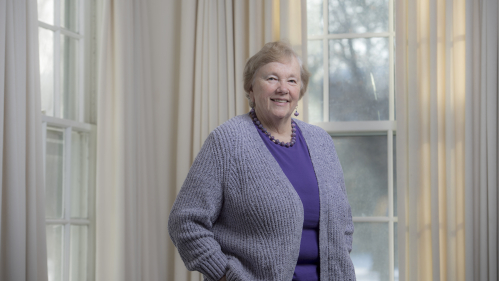
As the center’s scholarship grew, CAWP broadened its surveys of female politicians to focus on the specific qualities that women bring to public office and how they influence their leadership.
“They bring those diverse experiences to office with them, and it does affect their priorities, the way they see their world, their responsibilities and who they care about,” said Carroll. “Many women in politics seem very tuned in to being a voice for the voiceless. Regardless of ideology, they have a commitment to seeing other women getting involved in politics. They don’t want to be the only woman in the room.”
Kimberly Peeler-Allen knew Black women were woefully underrepresented in politics long before she became a visiting practitioner with CAWP in 2019. But as a political consultant and co-founder of Higher Heights for America, a national organization building the political power and leadership of Black women, Peeler-Allen needed the numbers to prove it to potential donors. She approached CAWP and spearheaded the idea for the center’s first report on The Status of Black Women in American Politics in 2014.
“We’ve never had a Black woman governor, and only two Black women have served in the U.S. Senate. When you look at that in proportion to the population, the results are very stark and very jarring and very motivating to many people,” said Peeler-Allen. “CAWP has continuously been the source on all numbers, so when they came out with this report, people took notice because they are such an authority.”
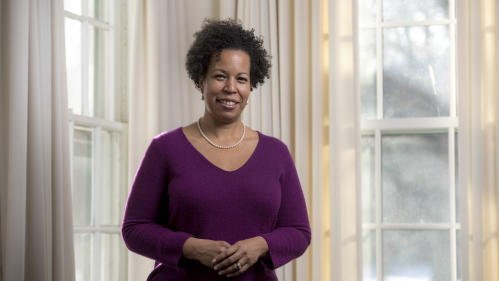
During the second half of CAWP’s existence, rapid digitization in combination with the rising number of women in politics helped catapult CAWP’s research and scholars into local and national conversations. Today, CAWP's decades of analysis is mined regularly by reporters and pundits who rely on the center’s statistics to provide context for political stories and discussions about future expectations.
“Women are less than one-third of officeholders in every level of office we study,” Walsh said. “There is so much left to do. We are eager to build upon our unique role in the struggle for women’s political equity and have great hope for what the world will look like in another 50 years.”
